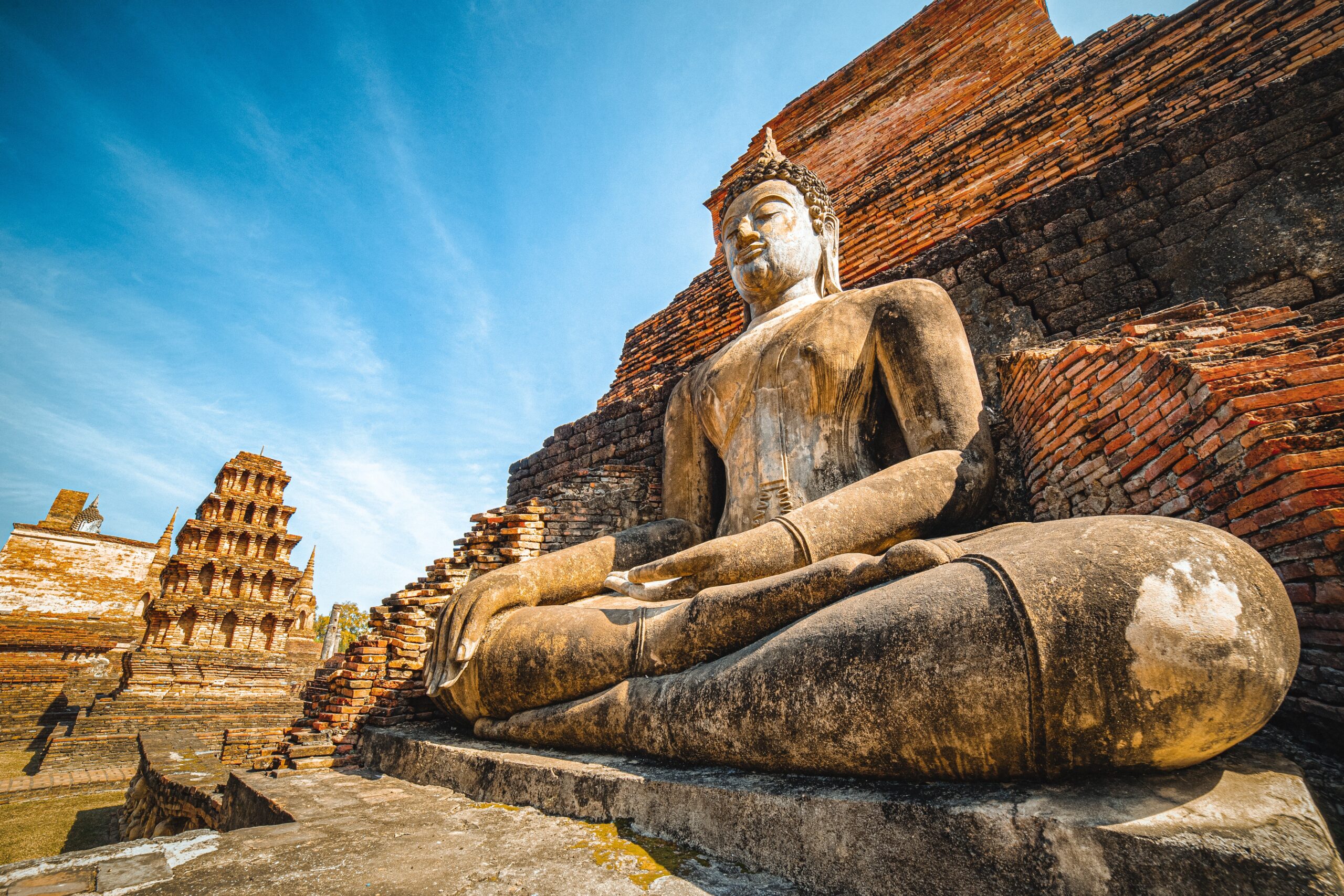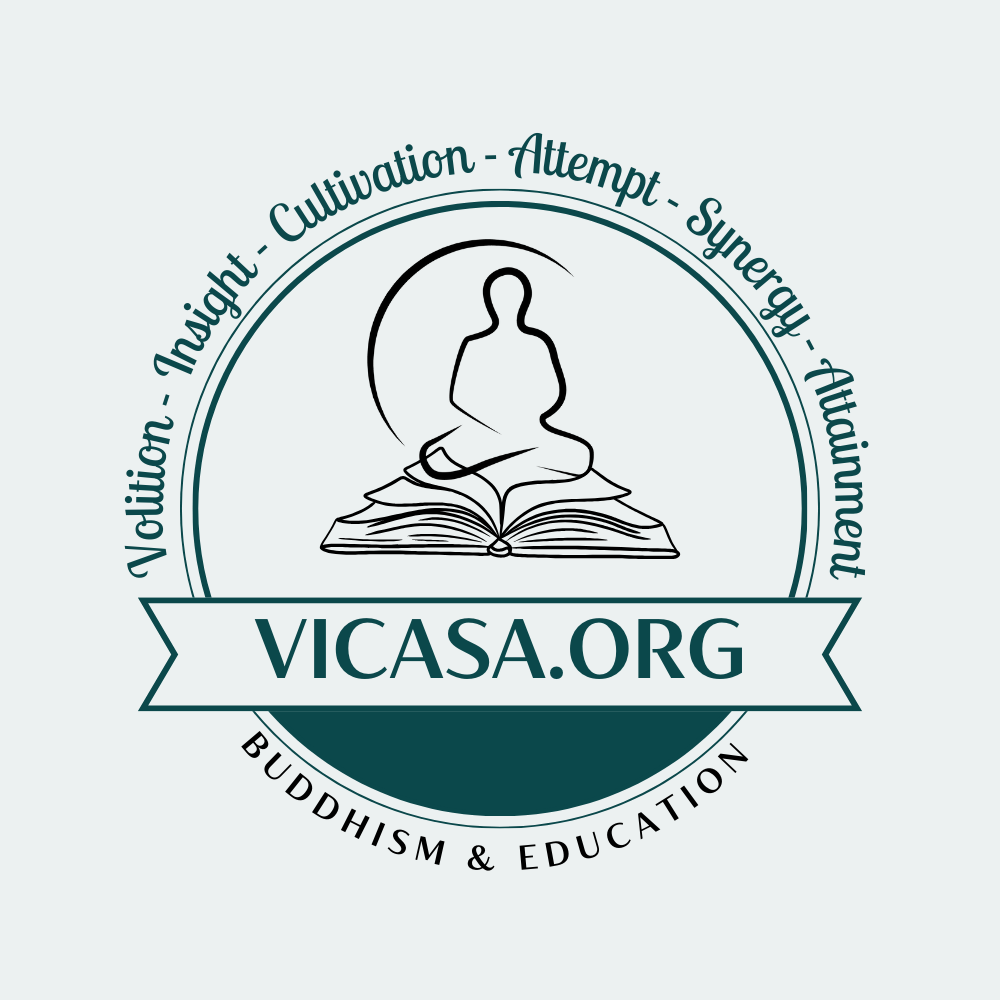In Theravada Buddhism, the tripartite Buddha-sasana is the pariyatti-sasana (the study of the Buddhist texts), the patipatti-sasana (the practice of morality, concentration, and insight), and the pativedha-sasana (the accomplishments of the paths and fruits). The study of Buddhist texts is the foundation for cultivating morality, concentration, and insight. In the same way, the practice of morality, concentration, and insight is the grounds for attaining the paths and fruits of enlightenment. Thus, if we decline the learning of the doctrine and the practice of morality, concentration, and insight, we cannot reach pativedha, the supreme rapture of sublime awakening-Nibbana.

The Buddha articulated to Ananda prior to His eventual Parinibbana, “Ananda, the Dhamma (Suttanta and Abhidhamma) and the Vinaya have been instructed by me, interpreted by me. Those teachings are your teacher when I am gone.”
Pariyatti is a Pāli term that means ‘theory,’ denoting the study of Buddhism, correlated here with the Dhamma as incorporated in the Buddhist texts. ‘The divisions of pariyatti in its three Baskets‘ (tīsu piṭakesu tividho pariyatti-bhedo), pariyatti encompasses the Suttanta, Vinaya, and Abhidhamma of the Pāli canon. It also means a theoretical comprehension of Dhamma acquired through reading, investigation, and learning. It is associated and contrasted with patipatti, which implies applying the theory, and pativedha, which indicates penetrating it or, instead, experientially recognizing the truth of it.

Pariyatti is the theoretical instruction of the Buddha, the arahants (fully enlightened ones), and the ariyas (noble ones who have tasted Nibbana), who have genuinely and comprehensively penetrated the Four Noble Truths and spread what they themselves understand to be true, what they have seen to be authentic from their personal experience. Occasionally, when it is impossible to find noble individuals such as a Buddha, arahants, or ariyas to rely on, a person can establish as one’s instructor the teachings of the Buddha comprised in the 84,000 sections of the Buddhist texts. The follower needs to practice those teachings, which direct to the path (magga) and fruition (phala) states of Nibbana. Once one meets with a Buddha, arahats, and noble ariyas, it is truly possible to practice morality, concentration, and insight and attain the paths and fruits of awakening by merely listening to and following their teachings, which are delivered based on firsthand personal experience and knowledge.
Paṭipatti signifies the practice of Dhamma, as opposed to mere theoretical wisdom. It is by the cultivation of sila, samadhi, and pañña (morality, concentration, and insight) corresponding to the Eightfold Noble Path. From a Buddhist viewpoint, nothing but insight can realize the truth through meditation.

Paṭivedha is the result of the practice, the direct, firsthand realization of the Dhamma. It can be found embedded in pariyatti the category of paṭivedha’ insight’. It is not knowledge, textual or oral, that is the basis of accomplishment, but knowledge gained, figuratively, by going away from it through meditation practice, leading to personal discovery. Therefore, one can reach the supreme path and fruit stages of Nibbana, so-called pativedha, after studying the scriptures and the persevering practice of the doctrine. Likewise, those who approach the noble who have attained the awakened paths and fruitions can follow teachings addressed by those ariyas, through practicing sila, samadhi, and pañña, and accomplish the path and fruition stages of final liberation.
There are three ways of instructing the Buddhist scriptures:
- (1) instructing through similes, so-called “The snake charmer’s way” (alaggaddupama)
- (2) instructing to effect the release from samsara (nissaranattha)
- (3) instructing like a treasurer (bhandagarika)
(1) The snake charmer’s way
In this approach, the teacher has forgotten that the main profit of the Buddha Dhamma is the release from the conformed world and the realization of the path and fruit stages of Nibbana. This one, who is lost to the path and fruit stages, instructs like a snake charmer with the intention to subjugate and control others with his wisdom. This kind of person fails to understand the genuine benefits of the Dhamma and is unable to taste and experience the core value of the Dhamma. Hence, this type of guiding the texts demonstrates the snake charmer’s way.
(2) Instructing to effect the release from samsara
This way of directing can have two objects: (a) to facilitate devotees in emancipating from this worldly earth and realize magga, phala, nibbana in the Buddha’s dispensation (sasana), or (b) to support people in fulfilling the perfections (parami) through the ceaseless cultivation of sila, samadhi, and the other holy practices.
(3) Instructing like a treasurer
The arahants, who have reached deliverance from defilements in the sasana, target to organize the instructions for a long time to come and to guarantee the perpetuation of the teachings, are willing to expound the Suttanta, Vinaya, and Abhidhamma. The arahants, so-called the Buddhist councils, practiced this teaching way, and by their instruction, they preserved and safeguarded the noble dispensation.
In particular, the first sermon of the Perfect One, Setting the Dhamma Wheel in Motion (Dhammacakkappavattana Sutta), is the source from which the great river of sweet water signified the pariyatti-sasana springs. The pariyatti-sasana encompasses the 84,000 sections of Suttanta, Vinaya, and Abhidhamma. The Dhammacakkappavattana Sutta integrates the Four Noble Truths: the truth of suffering (dukkha), the truth of the cause of suffering (samudaya), the truth of the ceasing of suffering (nirodha), and the truth of the path leading to the end of suffering (magga). These are the essence of the Buddhist faith. To apply this essence, the truth of suffering has to be comprehended thoroughly, and with this understanding, the origin of suffering is eradicated and abandoned. On doing away with the source of suffering, suffering perishes, and Nibbana is realized. It is crystal crucial to constantly keep in mind the fact that so as to reach Nibbana, the Noble Eightfold Path must be practiced, and that solely through this practical application, which is patipatti, has the stable power to lead the seeker to the attainment of the magga and phala stages of Nibbana.

In conclusion, in the role of Buddha’s disciples, the duty of each one is determining the particular way of Pariyatti and Pariyatti to attain the Paṭivedha, as the Realized One declared to the bhikkhus as His last admonition:
“Handa dāni, bhikkhave,
āmantayāmi vo,
Vayadhammā saṅkharā,
Appamādena sampādetha.
Now, bhikkhus, I say this as my last exhortation: Decay is inherent in all compounded things. Hence, strive with mindfulness and diligence to complete the task” (DN 16).
Collector: Sayalay Vijjāñāṇī (Tue Minh)
